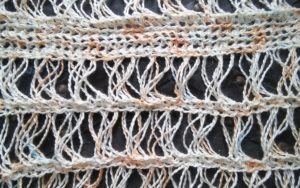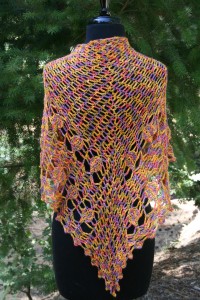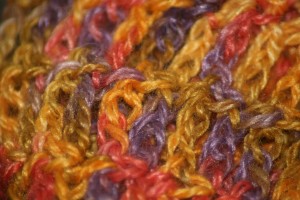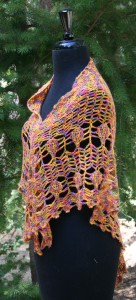 One of the questions I often get asked is about yarn. There are so many different types a yarn out there that it can be difficult understand what makes each special, how each will behave in a project and why one might work better in different circumstances.
One of the questions I often get asked is about yarn. There are so many different types a yarn out there that it can be difficult understand what makes each special, how each will behave in a project and why one might work better in different circumstances.
I will admit, my learning has been through some trial and error, but I also have been overwhelmed with the knowledge that I have received from my local fiber guild (Hangtown Fibers Guild). It consists of people from every aspect of the world of yarn, everyone from those that grow the sheep, shear them, card the wool, spin it, weave it, dye it, knit it, crochet it, felt it…everything. It is truly a remarkable group of mostly women that inspire me more often than they realize, and it is from this inspiration that I began looking at yarn and its properties differently.
So today, I have been working with a 2 ply fine weight yarn, by Lisa Souza Dyeworks. This Baby Alpaca/Silk Petite 2 has a nice halo, not to overmuch, but just enough. (The halo is the fibers that tend to almost “hover” around the yarn, it does not seem to be actually in the strand by surrounding it, almost like a slight fuzz).
The two ply does not allow for strong stitch definition, so textual stitches like cables, popcorns and puffs make be lost, but the overall fabric is very light. Two ply yarns in general tend to be a little “flat” and it makes sense when you think about what kind of “tube” is formed from the twisting of 2 tubes together. If you look yarn from the cut end, different plies result in different looks, twisting only 2 strands together you can see gaping or open spaces when compared to a perfect circle.
Being created with Alpaca and Silk, the yarn is strong and will hold up to some wear, but does not have a long of spring. Once it is blocked it will respect its new form, while remaining very soft, and having a decent amount of drape. The fiber content also lends itself to being warm, while the soft nature is appealing to wear near or directly on the skin.
There is definitely life in this yarn, but it is a relaxed life. I think it probably works up best in shawls and wraps, and maybe even a cardigan if you would like it to have a little more of a “hanging” appearance. If you wanted to use it in items like gloves, or things that need some stretch, then you may want to consider that the stretch is going to primarily come from the chosen stitches.
I am currently working it in a drop stitch technique (learn how to drop stitch crochet here) to highlight the yarn in some open work, I will keep you updated on its progress.




